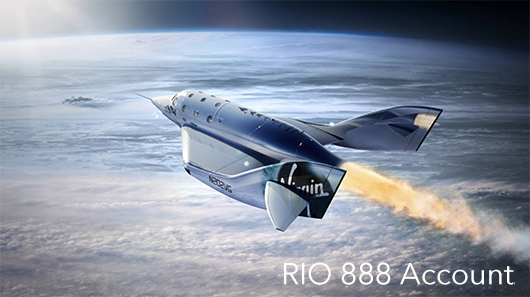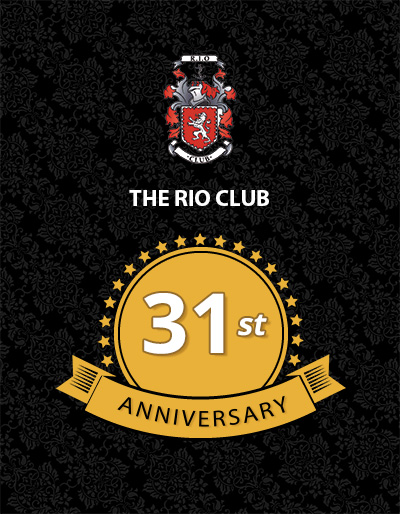


RIO Press Articles |
| Globe Asia - Jun 2011 |
| Globe Asia - Currency Wars Nov 2010 |
| Player Magazine - Born Trader 2009 |
RIO ARC Reports |
| ARC GBP Report Jul2025 |
| ARC USD Report Jul2025 |
| ARC USD Report Apr2025 |
| ARC GBP Report Mar2025 |
| ARC USD Report Mar2025 |
RIO Platinum USD/GBP Reports |
| RIO Platinum USD Oct2025 |
| RIO Platinum USD Mar2025 |
| Platinum Report Feb2025 |
| RIO Platinum GBP Oct2024 |
| RIO Platinum USD Jun2024 |
RIO Silver Lining Reports |
| Silver Lining GBP Jul2025 |
| Silver Lining Report Feb2025 |
| Silver Lining Report Feb2025 |
| Silver Lining USD Report Oct2024 |
| Silver Lining GBP Report Jun2024 |
RIO Currency Concept Reports |
| Currency Concept Report Apr2025 |
| Currency Concept Report Apr2025 |
| Currency Concept Report Oct2024 |
| Currency Concept Report Jul2024 |
| Currency Concept Report Dec2023 |
RIO Property Reports |
| RIO Property Oct2025 |
| Property Report Apr2025 |
| Property Report Mar2025 |
| Property, a focus on Scotland Oct24 |
| Property Report Oct2024 |
RIO Regular Reports |
| Regular USD Report Oct2025 |
| Regular USD Report Jul2025 |
| Regular USD Report May2025 |
| Regular GBP Report May2025 |
| Regular GBP Report Apr2025 |
General RIO Club Reports |
| RIO Smart Money Oct2025 |
| Britain not so Great for some |
| Gold Report Nov2023 |
| Gold Jan2023 |
| End of Year Summary 2022 |
General Investment Reports |
| Will the Fed cut interest rates? |
| Gold |
| The UK Budget |
| The Election is Over! |
| Gold Report Mar2024 |
RIO Charity and Sponsorship |
| RIO Sponsors ATGT 2025 |
| RIO Sponsors GTC Marbella 2025 |
| RIO Sponsors Garden Party Spain |
| RIO Sponsors FUFGT 2025 |
| RIO Sponsors German Open Cup 2025 |
Health Wealth and Happiness

Download the historic RIO magazines
| VIRGIN GALACTIC IS DETERMINED TO TAKE TOURISTS INTO SPACE THIS YEAR (Jan 14th 2021) Virgin Galactic’s recent test flight of its rocket-powered tourist spaceplane didn’t exactly go to plan. But the pioneering space travel company remains confident it will be transporting the public to infinity and beyond in 2021. Olivia Palamountain reports In December, the first of three final test flights on Virgin Galactic‘s VSS Unity spaceplane failed to reach space as planned. Virgin Galactic reports that VSS Unity’s rocket motor did not fire due to the ignition sequence not completing, however the two pilots on board – former NASA astronaut CJ Sturckow and Galactic chief test pilot Dave Mackay – were able to conduct a safe landing and return to Spaceport America, New Mexico. While the news comes as a blow for the space aviation company and the 600 or more paying customers (including Justin Bieber and Leonardo DiCaprio) who are already booked to take a ride on the spaceplane, the company remains confident that space tourism will kick off this year as scheduled. The third and final Virgin Galactic test flight will welcome founder Richard Branson himself, who has promised to trial the service he’s been promising for 16 years before it becomes available to the public. Post flight analysis from Virgin Galactic reported in December that the onboard computer, which monitors the propulsion system, lost connection, triggering a fail-safe scenario that intentionally halted ignition of the rocket motor. This system, like others on the spaceship, is designed such that it defaults to a safe state whenever power or communication with sensors is lost. Michael Colglazier, CEO, Virgin Galactic said in statement: “Our flight landed beautifully, with pilots, planes, and spaceship safe, secure, and in excellent shape — the foundation of every successful mission! “The flight did not reach space as we had been planning. After being released from its mothership, the spaceship’s onboard computer that monitors the rocket motor lost connection. As designed, this triggered a fail-safe scenario that intentionally halted ignition of the rocket motor. Following this occurrence, our pilots flew back to Spaceport America and landed gracefully as usual. “When I became CEO, I was briefed on the safety engineering of our Spaceflight System, which is purposely designed to enable our pilots to safely glide back to the Spaceport at any point during the flight profile. “Seeing firsthand how our pilots brought Unity in for a picture perfect landing after an off-nominal condition confirmed this approach. I am even more confident that this is the level of safety that consumers will want and will be expecting from us. “As we do with every test flight, we are evaluating all the data, including the root cause assessment of the computer communication loss. We remain focused on the test flight programme we have previously announced, beginning with a repeat of this test flight, which included two pilots and NASA payloads. “This will be followed by another test flight which will include mission specialists in the cabin. And following that flight, we will have another test flight which will include our founder, Sir Richard Branson. We look forward to sharing information on our next flight window in the near future.” According to the BBC, it has been a long road for the company’s engineers to get the technology to where they want it, and progress this year has, of course, been slowed by the Covid-19 crisis, with limited numbers of staff able to work both in New Mexico and at Galactic’s manufacturing base in California. Despite the set-backs, Virgin Galactic unveiled the design of the SpaceshipTwo spacecraft, VSS Unity tourist cabin in July 2020, designed in partnership with London-based studio Seymourpowell. (Find Globetrender’s full report here.) Passengers will sit in seats that move to manage G-forces in the different phases of flight – on the boost up to space and on the descent back to Earth. Personal seat-back screens that display live flight data, and 12 large windows – more than any other spacecraft in history, according to the company – are designed to ensure no passenger has to compete for a view when they unbuckle at the top of the climb to float free inside the cabin. There will even be a big mirror at the aft end so they can see themselves weightless. In 2019, Swiss bank UBS released a report estimating space tourism could become a US$3 billion industry in the next ten years. Since Virgin Galactic was founded in 2004, rival firms such as Blue Origin, started by Amazon founder Jeff Bezos, and SpaceX, founded by Tesla’s Elon Musk, have joined the race for space tourism lift off.
|